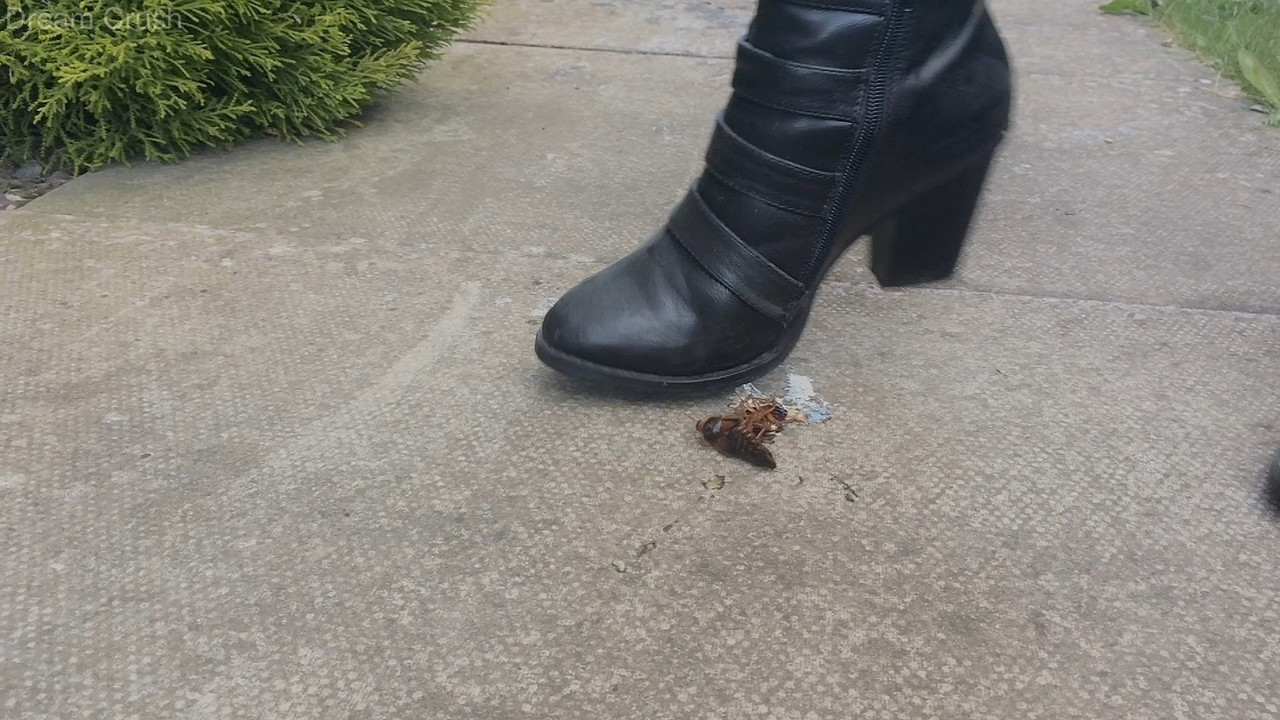
In the delightful presence of chubby babies, fluffy puppies or other adorable little things, it isn’t uncommon to be overwhelmed by a desire to squeeze, pinch or even bite them. This method works for me because Im also Super Ace, but I hope this helpsThe brain works fast, so before I could even start reading the short description, I asked myself, what is a squish But once I’d read the description, An aromantic crush, a desire for a. Most often the way I tell the difference is if I think its a crush, Ill ask myself 'do I want to kiss this person' And if my gut reaction is 'oh god no' then I know its a squish and not a crush. A crush and a squish feel very similar.
Platonic love, as devised by Plato, concerns rising through levels of closeness to wisdom and true beauty, from carnal attraction to individual bodies to attraction to souls, and eventually, union with the truth. Squishes are the platonic or emotional, basically non-romantic equivalent to the romantic crushes.A squish is a platonic crush, a desire for a strong platonic relationshipplatonic relationshipPlatonic love (often lowercased as platonic love) is a type of love that is not sexual. As Jon Hamilton reports for NPR, a recent study may reveal what happens in the brain to fuel this paradoxical response, which scientists refer to as “cute aggression.”A squish is a platonic crush, a desire for a strong platonic relationship, a queerplatonic relationship or a non-romantic emotional relationship with a person.
While wearing the caps, the participants were asked to look 32 photographs divided into four blocks: one consisted of images of adult animals (which the study authors classify as “less cute”), one of baby animals (classified as “more cute”), and two of human babies. So, as part of an investigation published in Frontiers in Behavioral Neuroscience, Stavropoulos and her co-author Laura Alba sought to find out how the brain influences our strange response to cute babies and animals.The researchers recruited 54 participants between the ages of 18 and 40 and fitted them with EEG caps, which use electrodes to measure brain activity. - squishies of all kinds.“Cute aggression” was first described in a 2015 study, but most investigations into this phenomenon have been concerned with its behavioral underpinnings, says Katherine Stavropoulos, an assistant professor of special education at the University of California, Riverside and a clinical psychologist with a background in neuroscience. Game features: - realistic gaming experience. Repeat Have more fun and master fidget toys squishing. Interact with them: tap, squish, squeeze, crush or scrunch these lil buddies up.
...


 0 kommentar(er)
0 kommentar(er)
